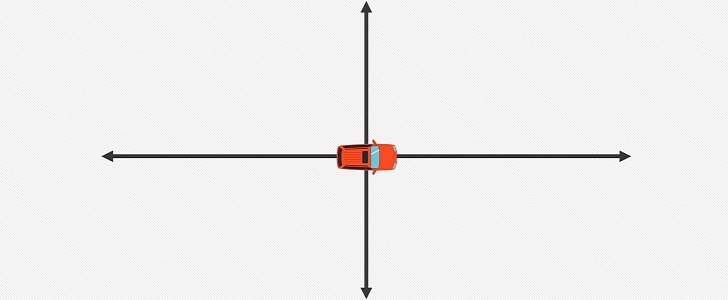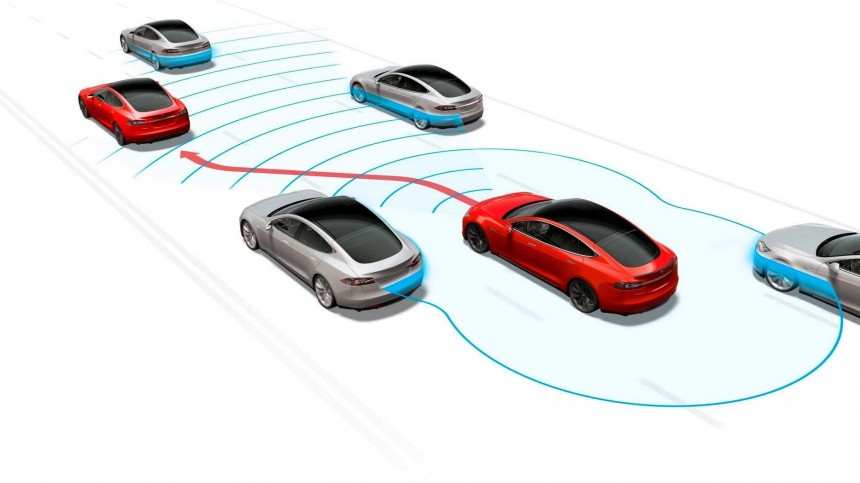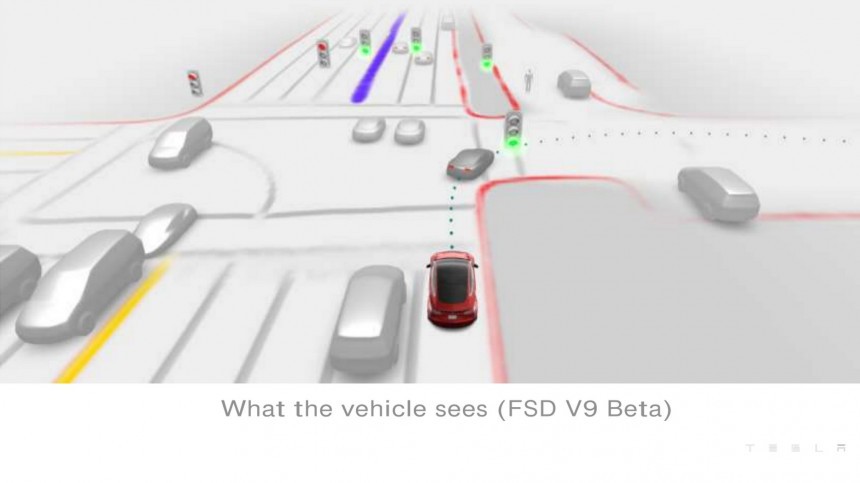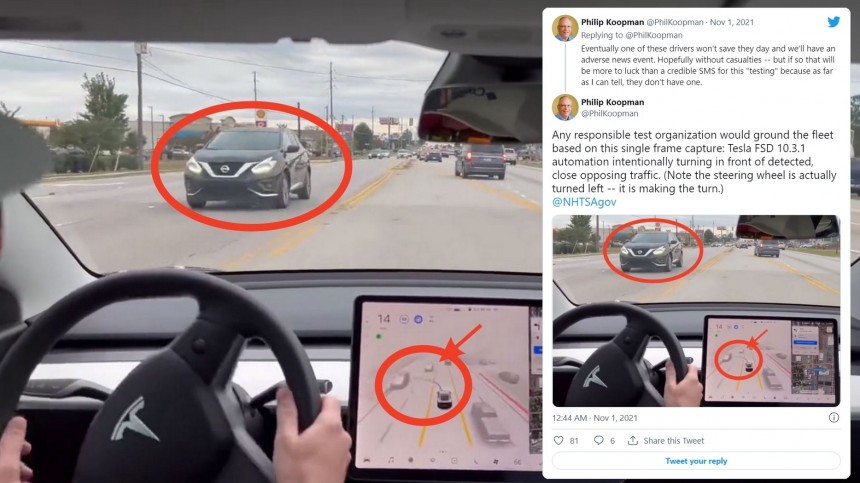If there is one positive aspect involving Tesla’s autonowashing attempts, it is raising awareness about other systems and how people deal with them. Consumer Reports analyzed ADAS (advanced driver-assistance systems) in all 227 vehicles in its new car ratings and brought up more concerns than just the lack of a proper driver monitoring system.
This was the main point of criticism the consumer organization had about Tesla’s Autopilot and FSD (Full Self-Driving). Without a way to check if the driver is paying close attention to the road, these systems incentivize overreliance. That prevents drivers from appropriately reacting to immediate hazards on the road. In at least three fatal crashes involving Tesla vehicles on Autopilot, distraction was a major factor for the incidents.
Unfortunately, adopting an adequate DDMS (direct driver monitoring system) is just one of the aspects that prevent ADAS from being more effective than it currently is. Consumer Reports stressed that there are more concerns that need to be addressed for people to really benefit from automating some driving elements.
The current attempts concentrate on ACC (adaptive cruise control) and LKA (lane-keeping assistance). While the former controls acceleration and braking, the latter steers the car. However, LKA systems have different levels of assistance: some of them present intermittent lane-keeping capabilities, and others offer sustained lane-keeping aid. That makes a tremendous difference.
Drivers consider intermittent lane-keeping assistance to be intrusive and tend to avoid it: they don’t like the interventions and bouncing back and forth inside the lane lines. On the other hand, sustained lane-keeping makes people think the car drives by itself and do other things instead of driving or paying attention to the road. We already know how that can end.
A way to avoid that is to implement DDMS in vehicles that offer ACC and LKA. Consumer Reports stated that only 2 vehicles among the 227 in its new car ratings offer a direct driver monitoring system associated with the driving aids: the Cadillac Escalade and the Chevrolet Bolt EUV, which is currently involved in a massive battery pack recall.
What needs to happen is to have more vehicles with DDMS associated with ACC and LKA. Consumer Reports informed that Ford and Nissan are about to do that with their future cars. Tesla has no plans to release new vehicles in the short term. According to Lars Moravy, it will increase production of the current ones until demand for them is met. Incorporating a proper DDMS could be part of a restyling, but that did not happen with the Model S and Model X, for example.
For Consumer Reports, automakers should also warn what sort of LKA they offer in their cars in a straightforward way to help people better evaluate what they want to buy. But there is more to be done to make automation safer: improving names and standards is also a must.
Each car company wants to present its system as unique and more advanced than the ones offered by the competition. Instead of calling them just as any other safety feature, such as ABS (anti-lock brake system) or ESC (electronic stability control), they try to elaborate fancy names they’ll be able to trademark.
Apart from the names, each of these systems has a different symbol and unique ways to engage. There’s no standard procedure. It is like if you had to learn repeatedly how to accelerate, brake, turn on the headlights, and so forth. In the very beginning, cars also lacked standards, and some came with four pedals, none of which controlled the throttle. Establishing a standard made driving cars easier: now you know what pedals are for, with no need to learn how they work in each vehicle you drive.
According to Consumer Reports, if cars had to have DDMS, common naming, and symbols for Level 2 driving automation, worked all in the same way, and had full disclosure of how they work and what they are actually capable of doing, these systems would genuinely help to improve safety. The way they currently are, they can be an additional distraction and deceive drivers about their safety level. That’s what should be avoided at all costs.
Unfortunately, adopting an adequate DDMS (direct driver monitoring system) is just one of the aspects that prevent ADAS from being more effective than it currently is. Consumer Reports stressed that there are more concerns that need to be addressed for people to really benefit from automating some driving elements.
The current attempts concentrate on ACC (adaptive cruise control) and LKA (lane-keeping assistance). While the former controls acceleration and braking, the latter steers the car. However, LKA systems have different levels of assistance: some of them present intermittent lane-keeping capabilities, and others offer sustained lane-keeping aid. That makes a tremendous difference.
A way to avoid that is to implement DDMS in vehicles that offer ACC and LKA. Consumer Reports stated that only 2 vehicles among the 227 in its new car ratings offer a direct driver monitoring system associated with the driving aids: the Cadillac Escalade and the Chevrolet Bolt EUV, which is currently involved in a massive battery pack recall.
For Consumer Reports, automakers should also warn what sort of LKA they offer in their cars in a straightforward way to help people better evaluate what they want to buy. But there is more to be done to make automation safer: improving names and standards is also a must.
Each car company wants to present its system as unique and more advanced than the ones offered by the competition. Instead of calling them just as any other safety feature, such as ABS (anti-lock brake system) or ESC (electronic stability control), they try to elaborate fancy names they’ll be able to trademark.
According to Consumer Reports, if cars had to have DDMS, common naming, and symbols for Level 2 driving automation, worked all in the same way, and had full disclosure of how they work and what they are actually capable of doing, these systems would genuinely help to improve safety. The way they currently are, they can be an additional distraction and deceive drivers about their safety level. That’s what should be avoided at all costs.























